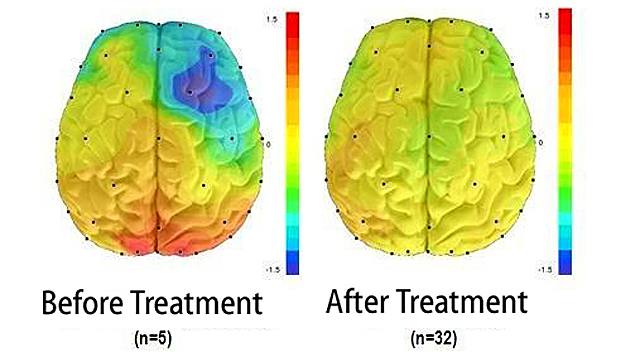
qEEG involves placing small sensors on the head to record cerebral waves. These brain oscillations are then examined to identify patterns that may indicate sleep conditions, including sleep apnea. By analyzing these patterns, medical providers can gain a clearer picture of how sleep apnea disrupts typical cerebral activity during sleep. This data can be essential for formulating effective treatment strategies customized to specific patients. Comprehending the relationship between qEEG and sleep apnea can result to improved diagnostic methods and superior outcomes for those affected by this disorder.
Studies has demonstrated that people with sleep apnea often exhibit distinct alterations in their cerebral oscillation trends. For example, during episodes of apnea, the brain may exhibit heightened activity in certain areas while other regions become more engaged. These changes can influence how well a person slumbers and how rested they feel upon waking. By employing qEEG to monitor these brain wave trends, physicians can identify particular traits of sleep apnea in clients, which can help in formulating a more precise identification. This is especially important because sleep apnea can occasionally be confused for other sleep disorders, leading to misguided treatments.
In addition to improving diagnosis, qEEG can also play a role in evaluating the effectiveness of therapies for sleep apnea. For instance, after a client starts employing a constant positive airway pressure (CPAP) machine, which helps keep the airway open during sleep, qEEG can be used to assess changes in brain activity. If the brain shows improved patterns of sleep after starting treatment, it may indicate that the treatment is functioning effectively. This response can help physicians formulate required modifications to therapeutic strategies, guaranteeing that clients receive the best treatment feasible.
Overall, the connection between qEEG and sleep apnea trends is an promising area of study that offers potential for improving identification and therapy. By comprehending how sleep apnea impacts cerebral function, healthcare providers can formulate more effective strategies to help patients attain better navigate to this site sleep and improve their overall health. As research continues to evolve, it is likely that qEEG will become an essential instrument in the fight against sleep apnea, resulting to superior outcomes for those who suffer from this difficult disorder.